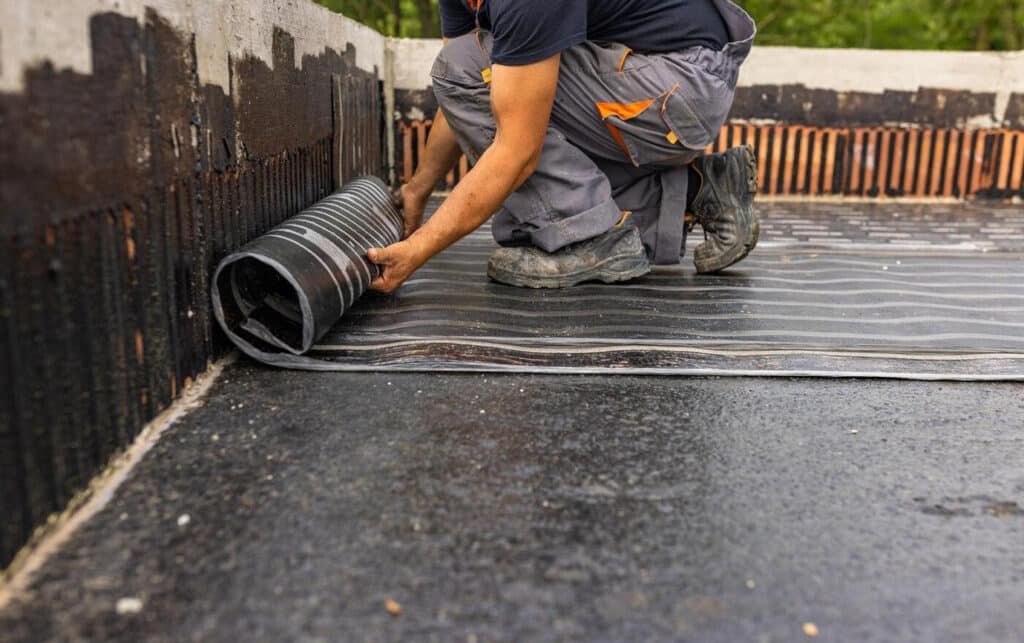
Ecological awareness and environmental protection are becoming increasingly important issues, not only on a personal level, but also in the construction sector. In the field of insulation, the trend for the use of environmentally friendly materials is constantly increasing, offering solutions that contribute to reducing the environmental footprint while maintaining or even improving the energy efficiency of buildings.
What is environmentally friendly insulation?
Environmentally friendly insulation refers to insulation materials and techniques that are environmentally friendly throughout their entire life cycle — from production, use, and recycling. The basic idea is to use natural, recyclable, or biodegradable materials that minimize pollution and energy consumption.
Environmentally friendly insulation materials
- Natural fibers
Materials such as sheep’s wool, cork, wood fiber and coconut fiber are increasingly used for insulation. They have very good thermal and acoustic insulation properties and are biodegradable. - Rockwool from recycled materials
Although rockwool is made from natural materials, it is now available in forms that incorporate recycled materials, reducing the environmental footprint of production. - Recycled paper and cardboard
Recycled paper honeycomb insulation is an economical and ecological solution, with good thermal insulation and easy application. - Biofoams
These are foam materials made from plant-based or biological ingredients, not petrochemicals. They offer good insulation and are environmentally friendly.
Advantages of environmentally friendly insulation
- Reduction of CO₂ emissions: Natural and recycled materials require less energy to produce, thus reducing carbon dioxide emissions.
- Recycling and reuse: Most green insulation can be recycled or easily decomposed, avoiding the accumulation of waste.
- Healthy indoor environment: Natural materials do not contain toxic substances, contributing to better air quality inside the home.
- Energy saving: Despite their environmental profile, they offer excellent thermal insulation that reduces heating and cooling needs.
Tips for choosing environmentally friendly insulation
- Choose materials with ecological certifications (e.g. FSC for wood, or certifications for recycled products).
- Evaluate durability and lifespan: Natural materials may need additional protection from moisture and insects.
- Combine insulation with energy-efficient windows and doors for maximum effect.
- Be aware of the cost — eco-friendly insulation often has a slightly higher initial cost, but the investment pays off in the long run.
Conclusion
As technologies evolve and environmental awareness grows, the future of insulation belongs to materials that combine performance and sustainability. Manufacturers and consumers are increasingly turning to solutions that not only protect buildings, but also our planet, creating a healthier and more energy-efficient everyday life for everyone.
Eco-friendly insulation is not just a trend, but a necessity for the future of construction and environmental protection. By choosing environmentally friendly insulation materials, we reduce our ecological footprint, protect our health and at the same time keep our home warm in winter and cool in summer.
Also see our glass blocks that offer durability, excellent thermal insulation and contribute to reducing energy consumption, making them a more environmentally friendly choice for your home.
Learn everything about insulating, decorative materials from MAVROMMATIS, every week new designs, new innovative products










